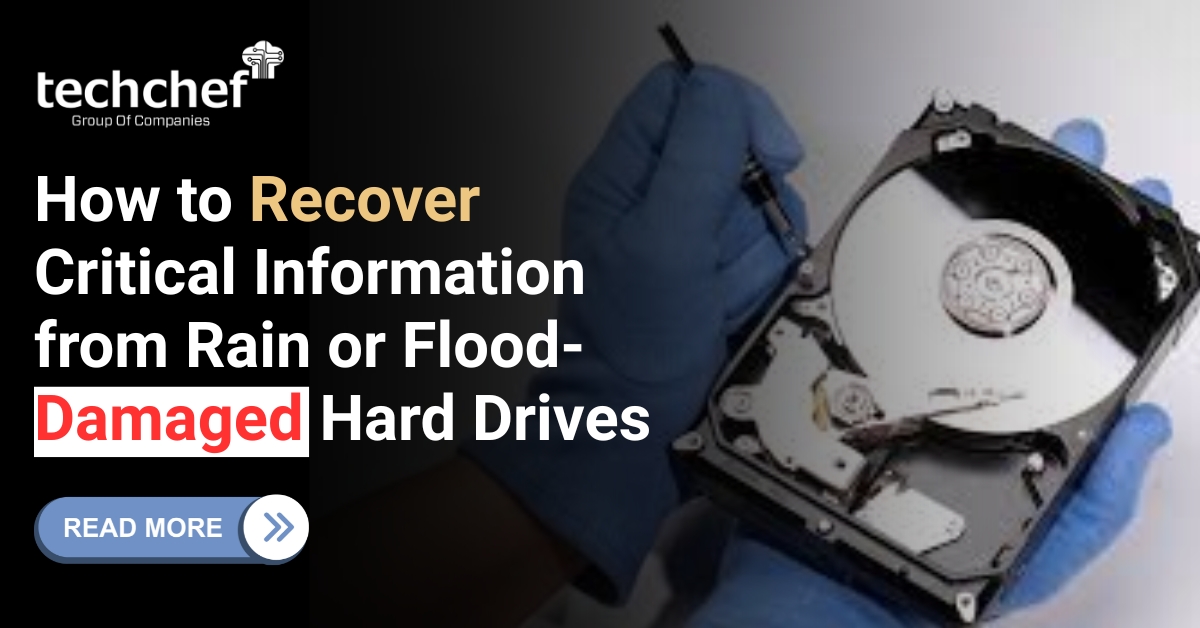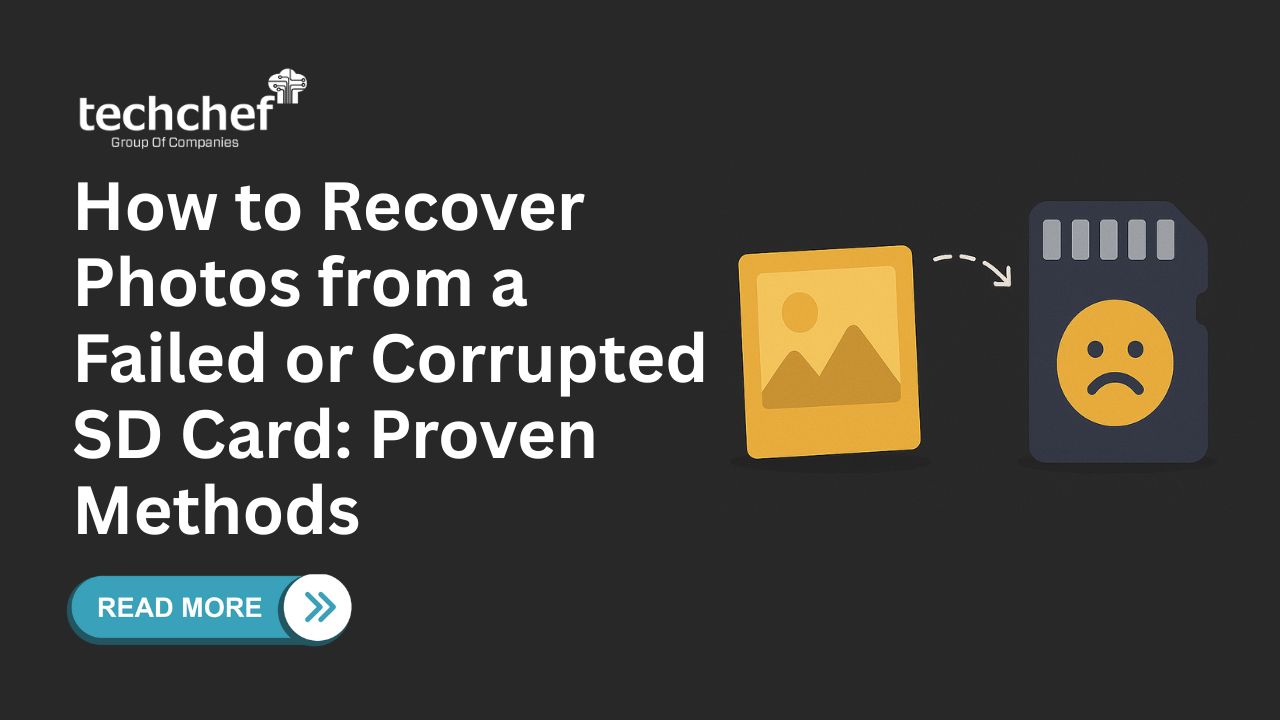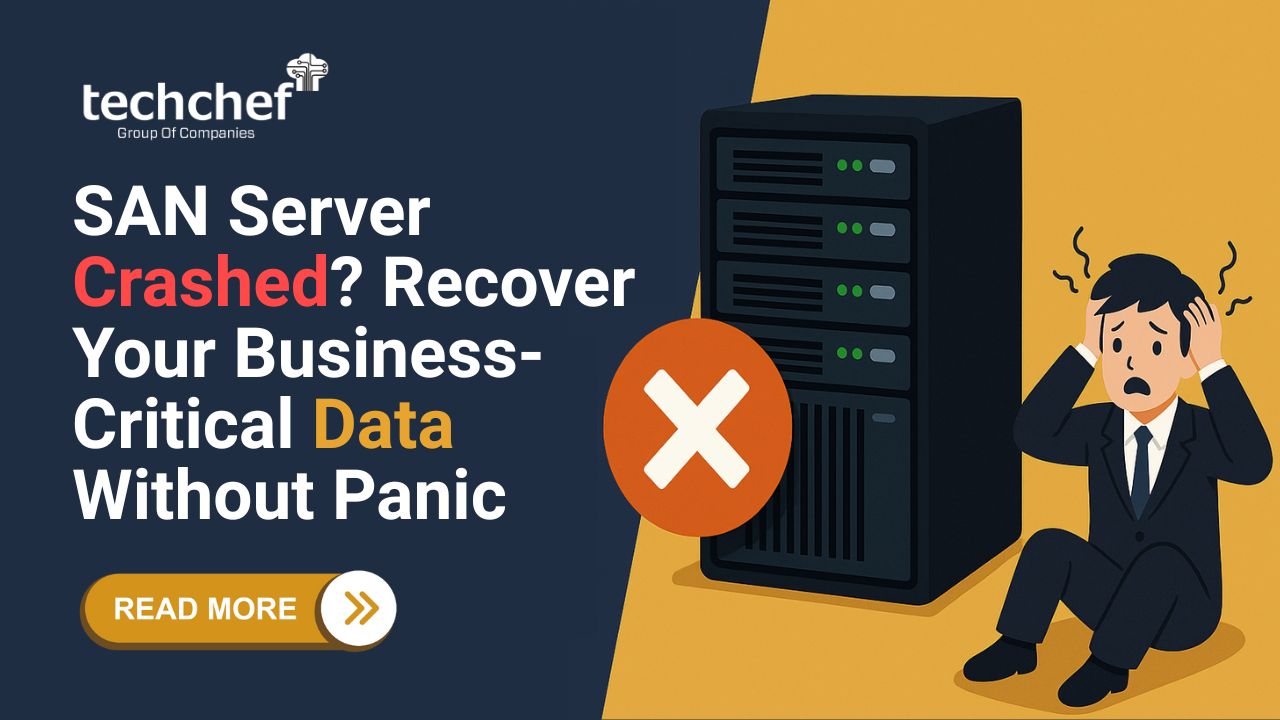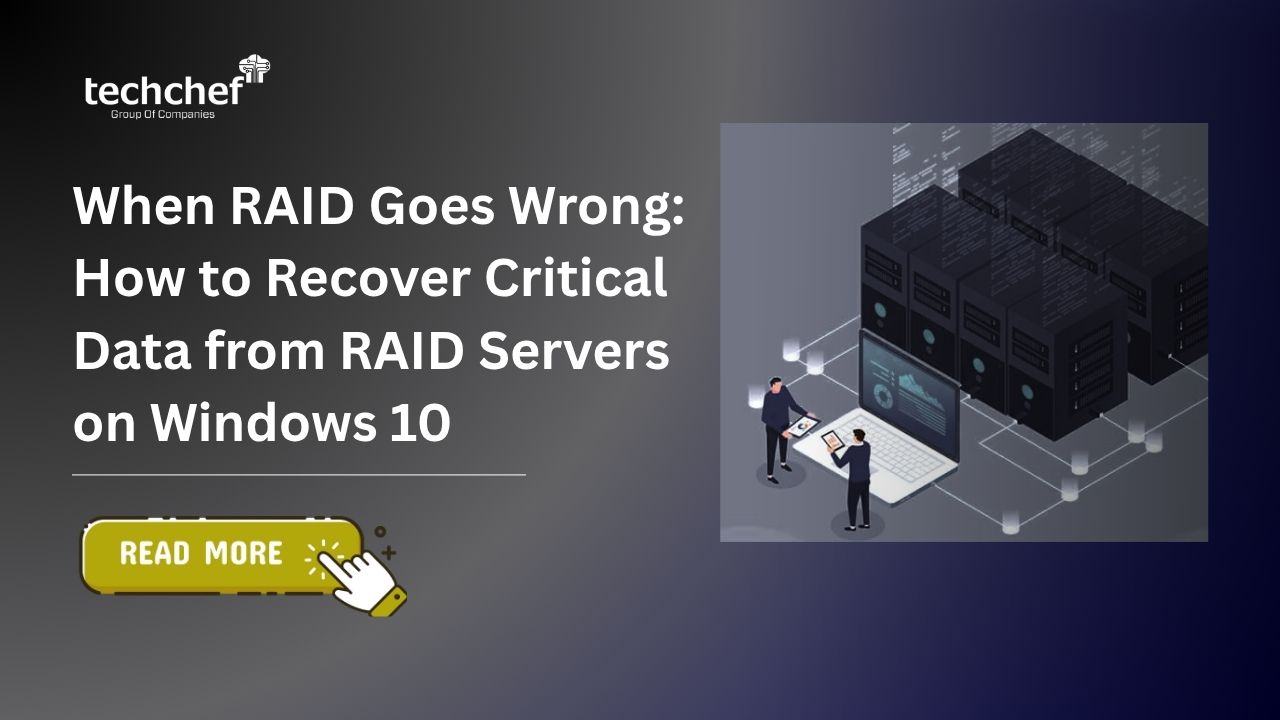What is RAID?
RAID stands for ‘Redundant Array of Independent Disk’ or sometimes known as ‘Redundant Array of Inexpensive Disks’. In simple terms, a RAID is a way of logically putting multiple disks together into a single array. When numerous disks are placed together, the performance and/or reliability of a system are optimized for fast and better performance. There are different types of RAID configurations depending on the choice of preference.
RAID is finding most helpful when it comes to protecting crucial data from catastrophic situations. This powerful configured system is reliable to keep data protected but doesn’t mean it’s damage-proof.
Causes of RAID failure
Plenty of reasons that account for RAID failure can cause huge loss to businesses leading to shut down or for an individual, such damages could not be less than a heartbreak.
RAID Failures that cause damage:
Accidental deletion/format of data
Fire and water damage
Failed RAID rebuild
Controller failure
Virus attack
Power surges
Multiple disk failure
Dos and Don’ts in RAID failure
You go through every thick and thin to save your data from loss due to RAID system failure but your attempt could lead to inaccessible or permanent loss of data.
By noting down these important dos and don’ts of RAID system failure will save you time and a lot of money and help you make better decisions in data loss situations.
Dos
1. Stop usage of the failed system immediately
When you continue using your failed RAID configuration, it leads to overwriting the data that is held accountable for permanent data loss.
2. Be cautious while you handle a damaged RAID
RAID system parts like disks and casing are delicate so beware while you handle the system to cover it from any physical calamity.
3. Disconnect the power supply
By disconnecting the direct power supply to a failed RAID, a safe rebuild of disks can be performed.
4. Check OS messages
Keep checking the messages your operating system is notifying you with while you working on your failed RAID.
5. Pack with care
Use bubble wrap and anti-static material to cover your damaged RAID to securely deliver it to a professional RAID data recovery service provider.
Don’ts
1. Avoid changing disks order
Beware when you rebuild your crashed RAID and avoid changing the order of disks on your own, it accounts for a downfall in data recovery success rate.
2. Do not expose disk in open
You can risk your hard disk’s health when it exposes an open environment as the disks are delicate and get scratches in an unclean environment.
3. Avoid installing RAID recovery software
You need to avoid running software on a failed operating system because it can overwrite the data left and the recovery rate falls to irreversible.
4. Replacing controller is risky
When you try to replace the controller of your corrupted RAID system it might result in deletion of data or cause more damage to the root problem.
5. Avoid removing any disk
Removing more than one disk of your RAID might lead to disruption in the recovery process so try to avoid it.











